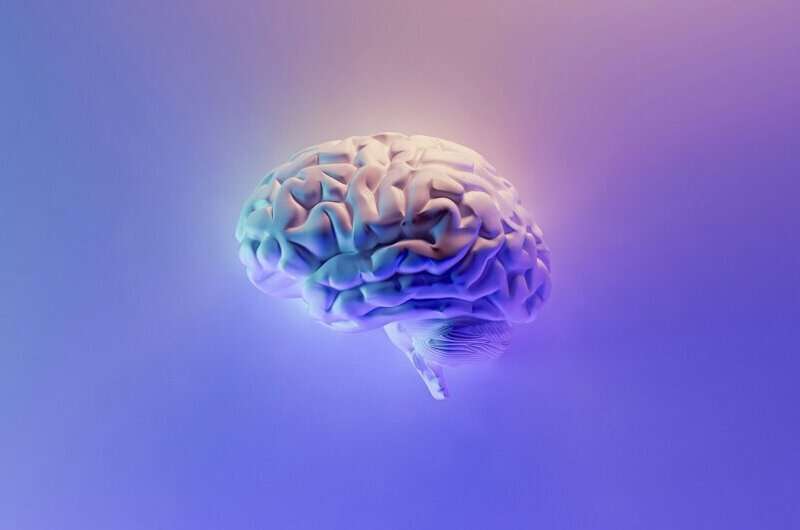Seeing with Purpose: How the Visual Cortex Adapts to Meet Current Goals

Recent research reveals that the human brain's visual system is more dynamic than previously thought. Traditionally, neuroscience described early visual areas as passive receivers, simply capturing raw information from the eyes and passing it along for higher-level analysis in regions like the prefrontal cortex, which are responsible for reasoning and decision-making.
However, a groundbreaking study led by Columbia University neuroscientist Nuttida Rungratsameetaweemana shows that the visual cortex actively reshapes its processing based on what the brain is trying to achieve at any moment. This means that the way the brain interprets visual stimuli — like a carrot at the grocery store — depends on our current goals. For example, if someone is preparing a hearty stew, their visual system might focus differently on the vegetables compared to someone getting ready to watch a sports game.
Using functional magnetic resonance imaging (fMRI), the researchers observed brain activity as participants categorized shapes under changing rules. They found that even in early visual areas, the neural representations of objects changed depending on the categorization task. The patterns of brain activation became more distinct around the difficult-to-classify shapes, indicating the visual cortex's active role in flexible perception.
These findings challenge the traditional models of visual processing, showing that the early sensory areas are not merely passive data collectors but actively participate in decision-related processes. This neural flexibility might help explain how humans efficiently adapt to new tasks and environments, and could inspire the development of more adaptive artificial intelligence systems.
Furthermore, understanding how visual processing can be dynamically modulated opens new avenues for exploring cognitive flexibility deficits in conditions like ADHD or other neuropsychiatric disorders. The research also lays the groundwork for future studies employing neural circuit recordings to uncover how individual neurons support goal-driven perception.
This study underscores the remarkable adaptability of the human brain, demonstrating that our perception is not only shaped by incoming signals but also actively tuned by our current objectives. These insights deepen our understanding of neural flexibility and may influence innovations in AI and neuroscience research.
Source: https://medicalxpress.com/news/2025-04-purpose-visual-cortex-tunes-perception.html
Stay Updated with Mia's Feed
Get the latest health & wellness insights delivered straight to your inbox.
Related Articles
Higher Normal Sodium Levels Associated with Greater Heart Disease Risk
A new study reveals that sodium levels at the higher end of the normal range may increase the risk of hypertension and heart failure, highlighting the importance of hydration in cardiovascular disease prevention.
Research Reveals That Even Mild Tropical Cyclones Increase Infant Mortality in Low-Income Countries
New research shows that even mild tropical cyclones significantly increase infant mortality rates in low- and middle-income countries, highlighting the need for stronger disaster protection and health measures.
Persistent Socioeconomic Disparities Among UK Doctors Revealed by New Study
A groundbreaking study reveals longstanding social and economic inequalities among UK doctors, highlighting disparities rooted in socioeconomic backgrounds and family influence. The research calls for improved mobility and diversity in the medical workforce to ensure equitable patient care.
Research Reveals Larger Brain Regions in Adolescents with Abdominal Obesity
New research indicates that adolescents with abdominal obesity have larger brain regions involved in learning, memory, and emotions, highlighting the impact of obesity on brain development during teenage years.



